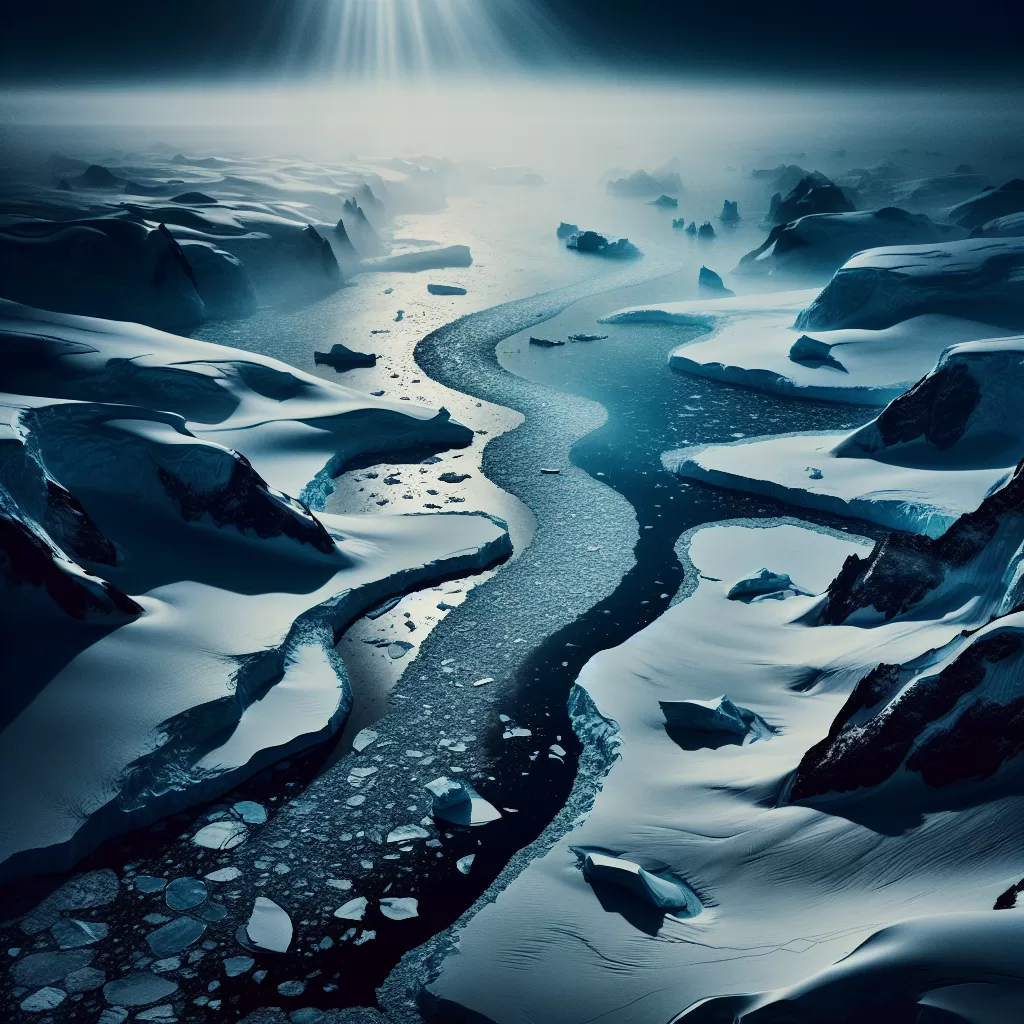“We discovered that glacial meltwater can accumulate at the base, building up hydraulic pressure,” explains lead author Dr. Amanda Maurer. “When this pressure exceeds the stability threshold, it triggers outburst floods that rapidly evacuate large volumes of water.”
These deluges lubricate the ice-bed interface, enabling faster glacial flow towards the ocean. Moreover, the turbulent currents and heat transfer from the water itself erode the underside of the ice sheet, exacerbating the melting process.
West Antarctica, grounded below sea level, is particularly susceptible to such hydrofracturing mechanisms. As climate change progresses, increased surface melting could overload this subglacial drainage network, potentially destabilizing the entire marine-based ice sheet.
The research highlights the urgency of incorporating subglacial hydrology into predictive models for Antarctic ice mass loss and attendant sea level rise projections. Improved understanding of these processes is vital for coastal communities globally facing escalating inundation risks.

